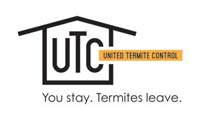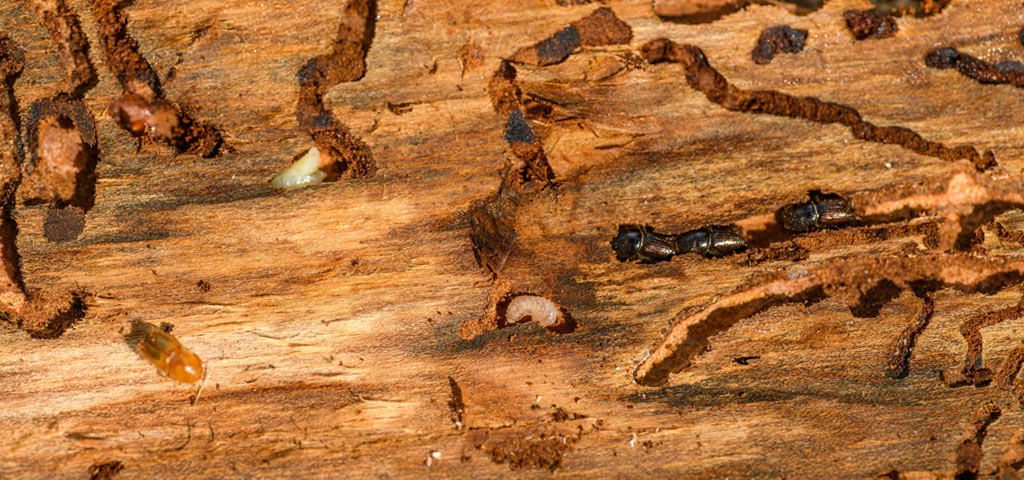The Importance of Prompt Termite Wood Repair: Preventing Further Damage
Finding termite damage in your home is a nightmare scenario for most homeowners. After all, termites aren’t just a pest problem; they can damage the very structure of your home and compromise its structural integrity if you avoid prompt termite wood repair.
If you find signs of a termite infestation, it’s crucial to stay calm and determine how to deal with the infestation and repair the damage quickly. By focusing on these tasks, you can limit the amount of damage to your home and also reduce the total cost of the repair.
Signs of a Termite Infestation
The key to minimizing damage is discovering an infestation early, before the termites have had a chance to do extensive damage. Unfortunately, termites often infest hidden parts of the home, meaning they can go unnoticed for a long time, increasing the likelihood of severe damage. They also continue to consume the wood around the clock, which means that significant damage can occur quickly after an infestation develops.
Regular inspections can help you catch these pests early and limit termite damage. There are several things you can look for when inspecting for termites. These include:
- Hollowed wood: By tapping wooden structures in your home and listening for a hollow sound, you can identify damage. This hollow sound can indicate the presence of tunnels that are formed when termites eat through the wood.
- Blistering wood: Blistered wood can look like water damage at first glance, but it is caused by termites being close to the surface of the wood.
- Mud tubes: Finding mud tubes on the exterior walls is a strong indicator that you have termites.
- Frass: Frass refers to termite droppings, which look like small, dark grains of sand. It is often found near wood, which has other signs of termite infestations.
- Winged termites: A termite swarm is often the first sign many homeowners see that indicates there is a termite infestation. If you see a swarm, it’s worth further investigation.
Termite Wood Repair
If you find any of these indications that you may have a termite infestation, acting quickly is the key to minimizing damage. While getting rid of an infestation and addressing the damage may be expensive, acting quickly can often reduce the overall costs since you are addressing the problem before the infestation causes more damage.
In most cases, you will want to contact a professional as soon as you spot any termite activity or damage. The reality is that they are some of the hardest pests to eradicate, and often, they can only be eliminated by tenting the home and replacing the damaged areas. If there is structural damage, you will definitely want to get an expert evaluation, as this can cause unsafe living conditions.
Nobody ever wants to find out they have a termite problem, but the reality is that it occurs frequently. Termites can live in all parts of the world. Therefore, regular inspections, prompt treatment, and termite wood repair are the best ways to ensure your home remains protected from termites and termite damage. For more information about termite detection and termite wood repair, contact United Termite Control today!

